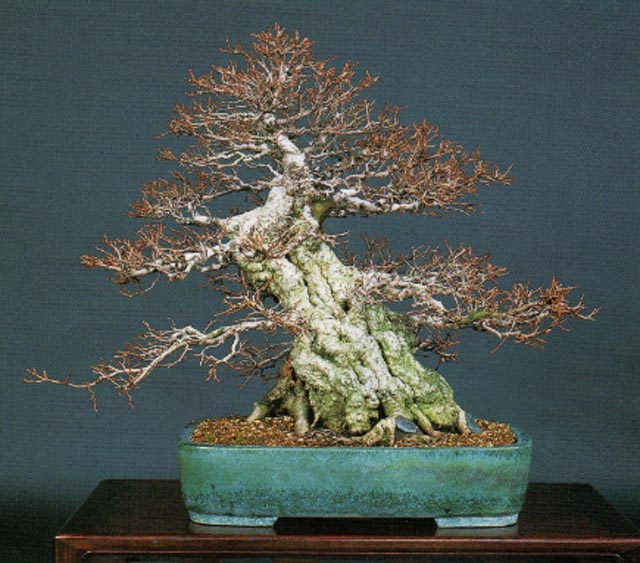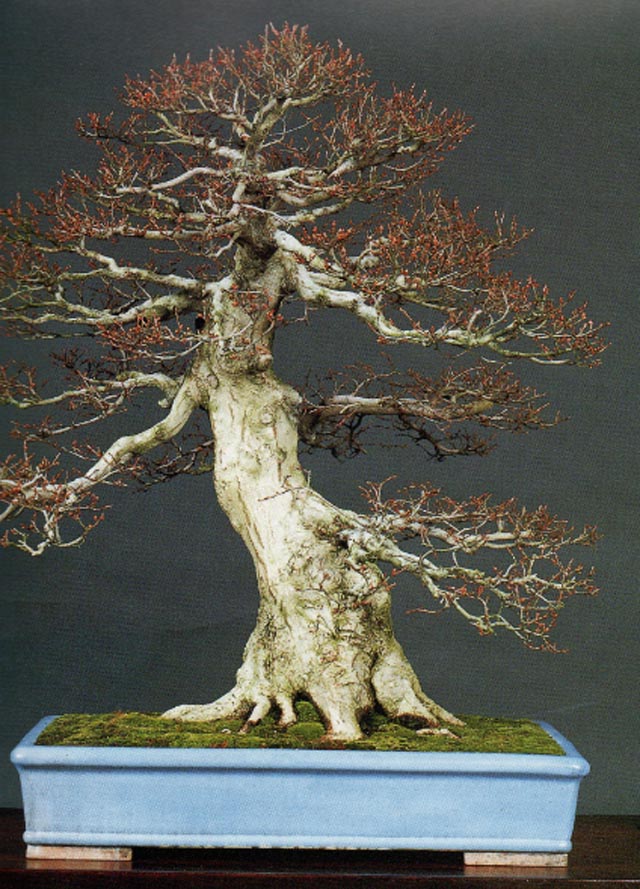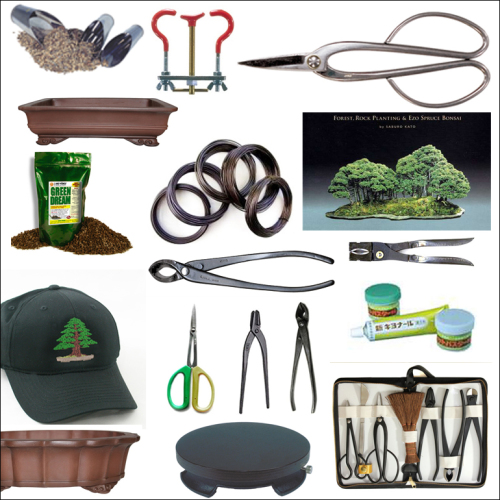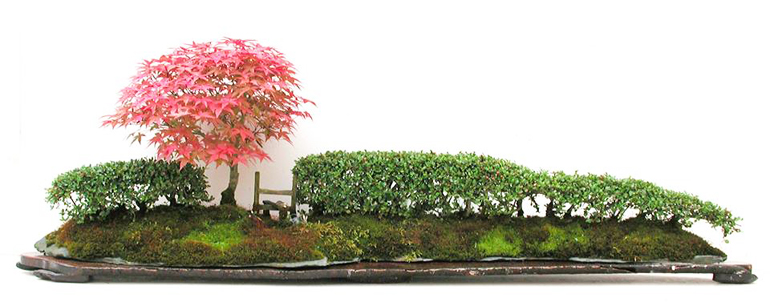
The other day we featured a bonsai hedge by Joe Selworthy (Dan Barton's talented twin) and now here's another one with this caption: "Picture of my first Cotoneaster hedge with Deshojo maple which I sold several years ago." Though you can't tell from here, there's some impressive detail on and around the little fence under the maple (see below).
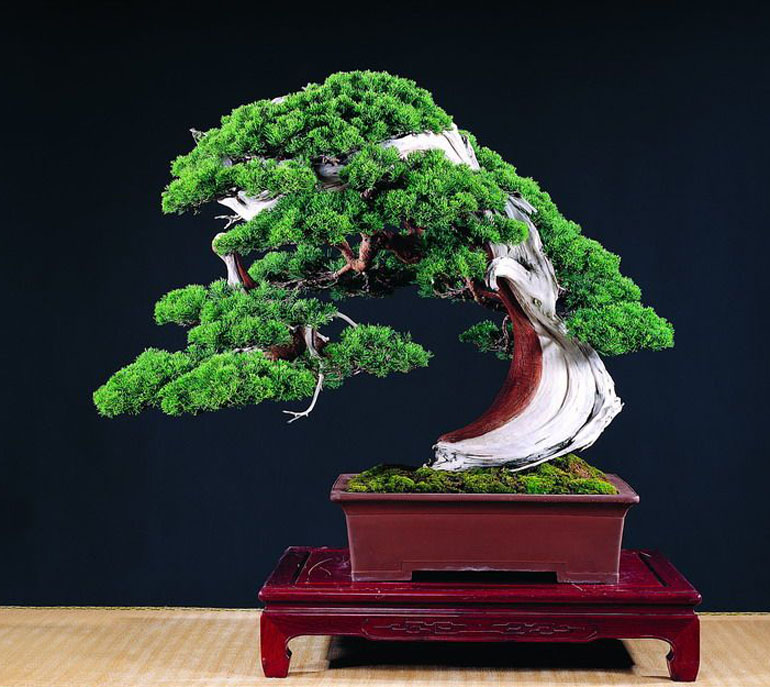
Recognize this tree? It's a Cheng, Cheng-Kung Shimpaku juniper that we featured last week. Here's part of our caption: ...there's something very unusual going on here. Not that I expect you to read my mind, but still, the first person to do just that and email me about it, will receive a 25.00 Gift Certificate to Stone Lantern. And here's what Alexander Hoffman wrote "I think that the way that the foliage is draped over and around the deadwood is quite unusual." Which is exactly what I was thinking.
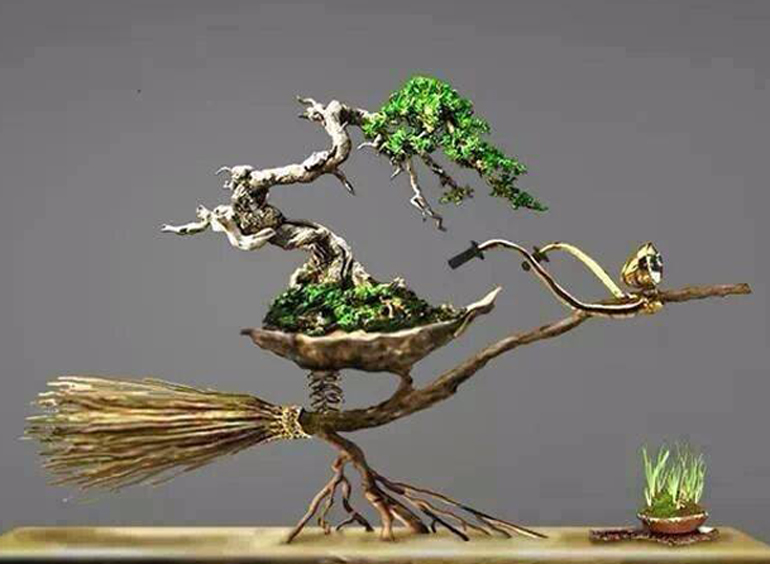
Looks like I might have some more egg on my face. Here's Rob Kempinski's comment (on facebook) about this crazy bicycle & broomstick bonsai that we featured last week: "Photoshop can do wonders and would be a good idea if it was real." One of these days I'll remember that we're living in the 21st century.

Here's that detail I was talking about. I'm wondering if Joe/Dan made both the cat and the watering can (in real life Dan Barton is an accomplished ceramic artist).
NEW Sale
25% off Kilo coils of Bonsai Aesthetics Wire
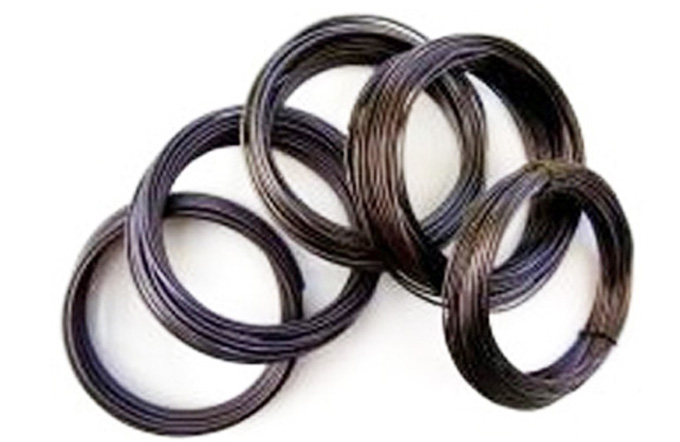
our regular price is 19.50
now only 14.63 each
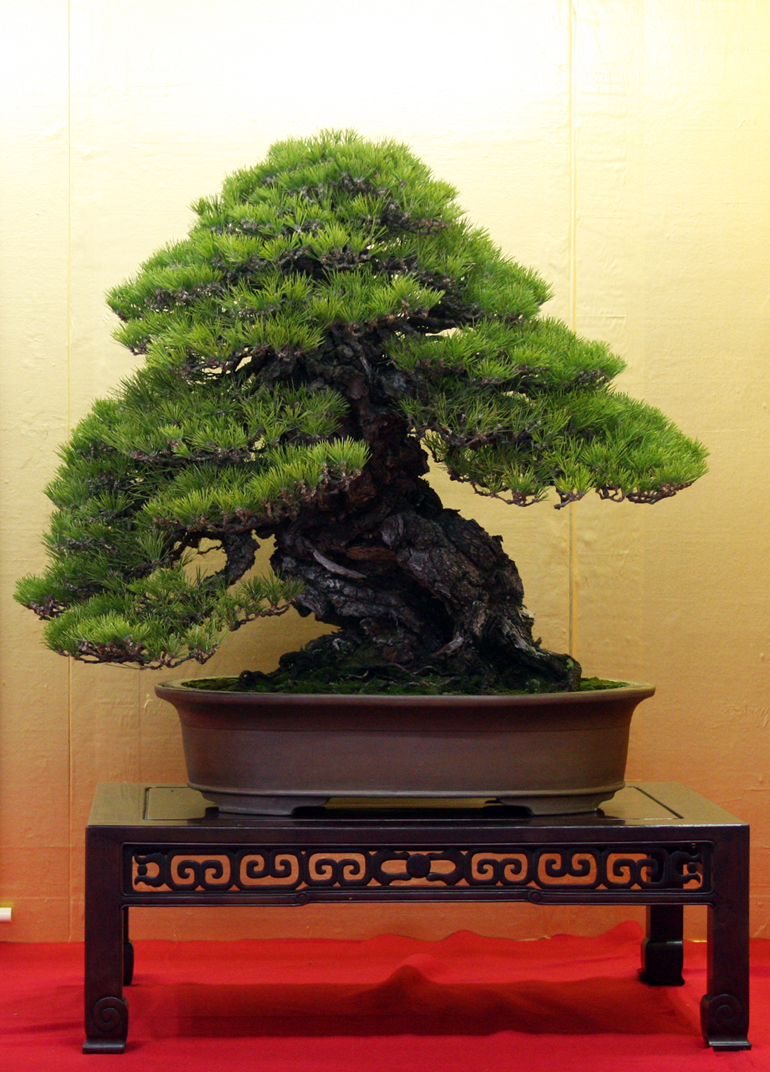

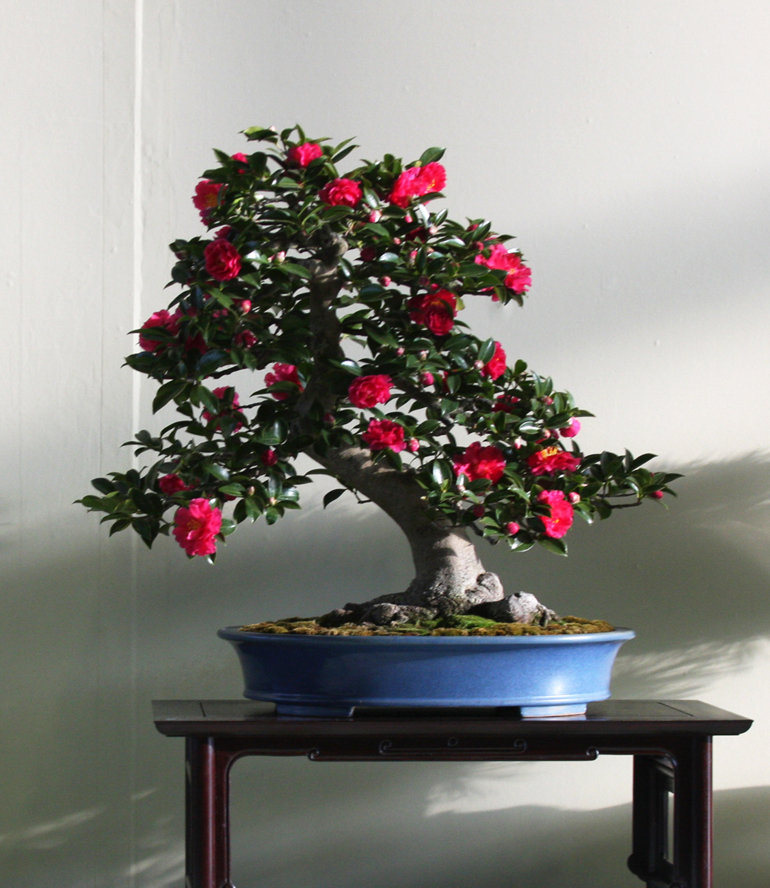
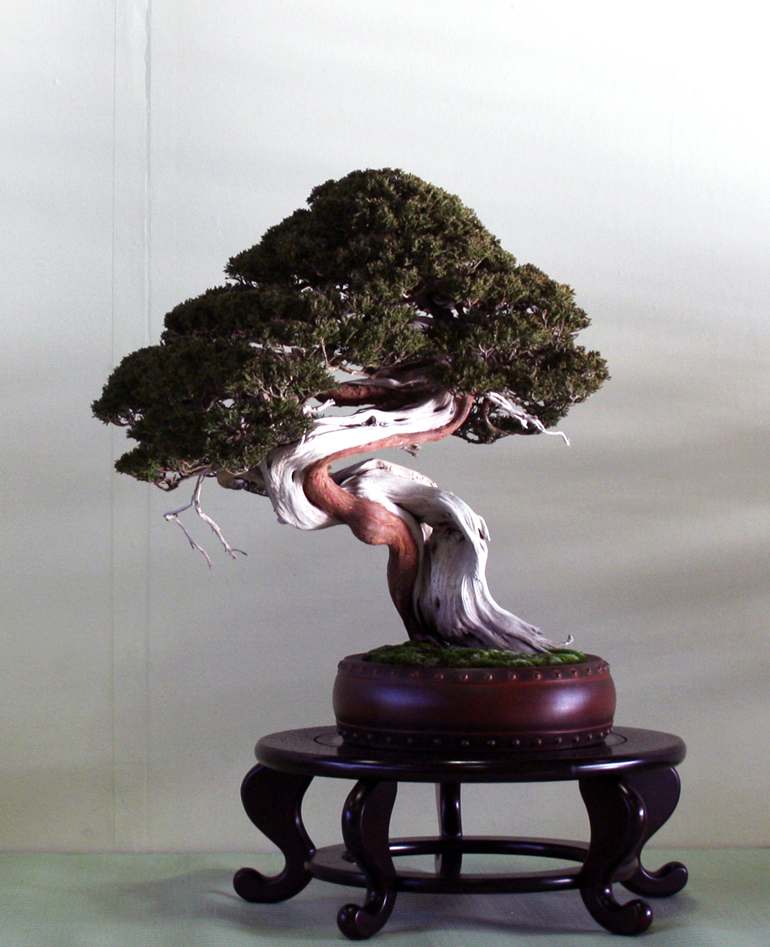


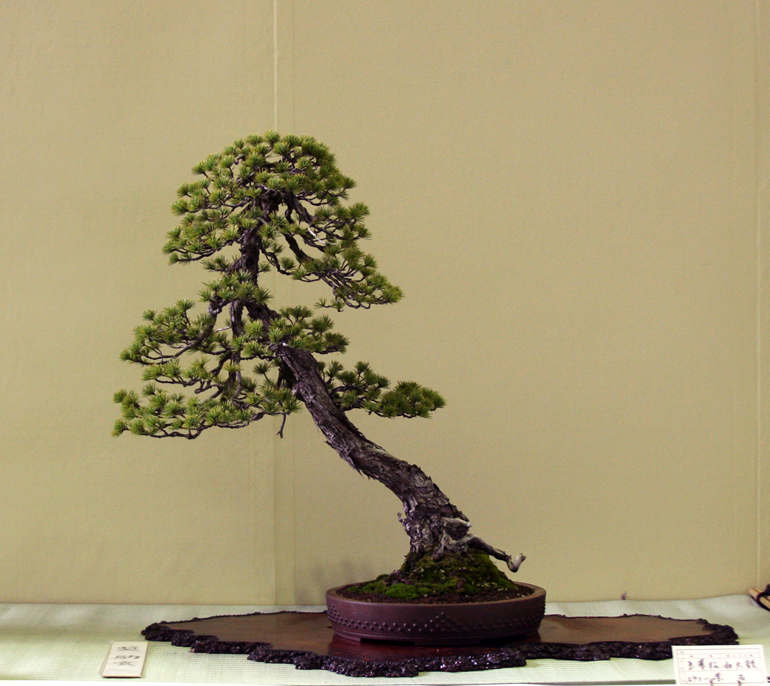
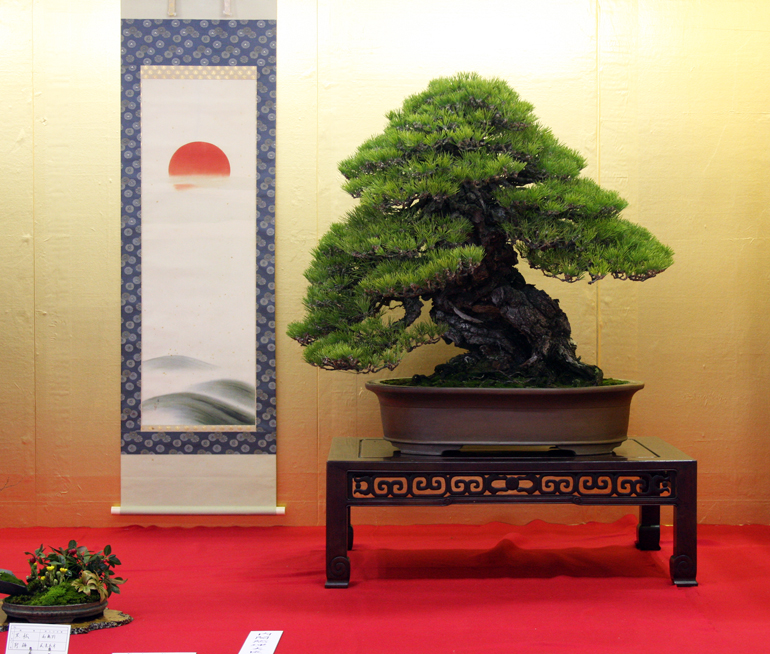 Danny Coffey's upcropped photo of Zuio. Here's his caption: "And last but certainly not least, an old Japanese Black Pine named Zuio. Zuio is a previous winner of the Kokufu prize and is a certified important bonsai masterpiece. Additionally it took 1st place at Meifu this year. Zuio has a long history at Aichien and is one of the most powerful pines I have seen. Mr. Tanaka was kind enough to grant me the privilege of preparing Zuio for the show this year. Exhibition aside, it was an honor just to spend a few days working on it. Sometime in the near future I will be doing a blog post dedicated to Zuio’s history. Keep an eye out!"
Danny Coffey's upcropped photo of Zuio. Here's his caption: "And last but certainly not least, an old Japanese Black Pine named Zuio. Zuio is a previous winner of the Kokufu prize and is a certified important bonsai masterpiece. Additionally it took 1st place at Meifu this year. Zuio has a long history at Aichien and is one of the most powerful pines I have seen. Mr. Tanaka was kind enough to grant me the privilege of preparing Zuio for the show this year. Exhibition aside, it was an honor just to spend a few days working on it. Sometime in the near future I will be doing a blog post dedicated to Zuio’s history. Keep an eye out!" Our regular price is 19.50 per roll
Our regular price is 19.50 per roll Three point display with Trident Maple and shadow at
Three point display with Trident Maple and shadow at 



 Here's one we haven't shown before. I like the way the trunks are fused. Would you call this a clump or a raft (a claft or a rump)?
Here's one we haven't shown before. I like the way the trunks are fused. Would you call this a clump or a raft (a claft or a rump)?

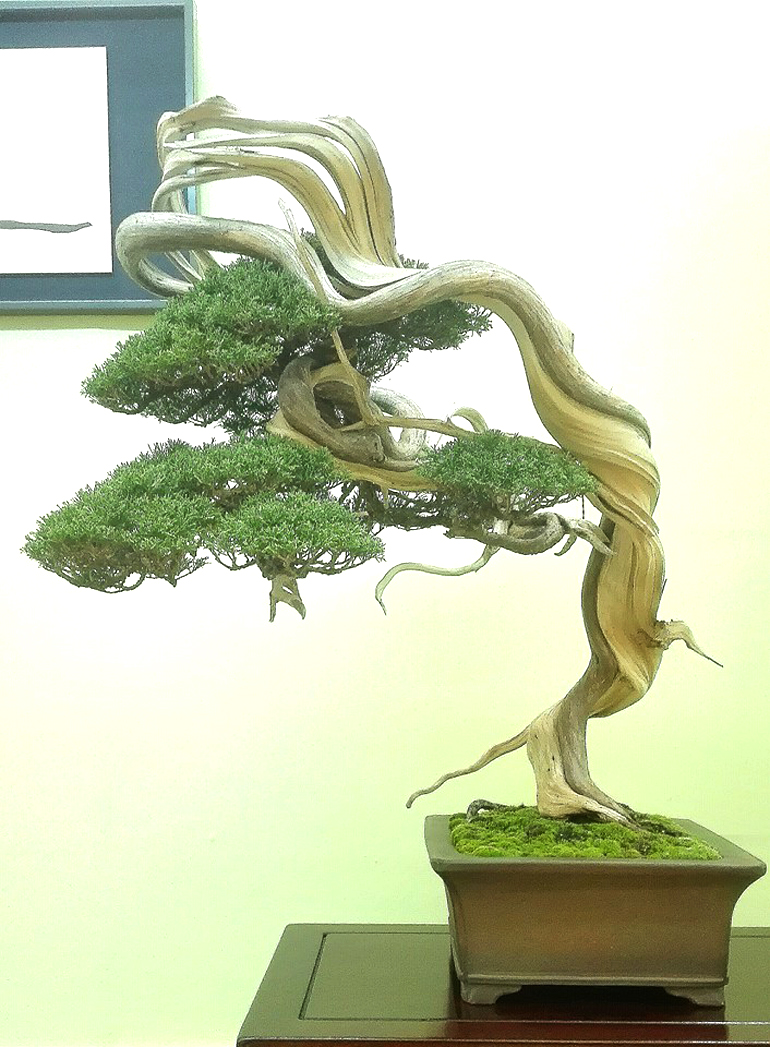

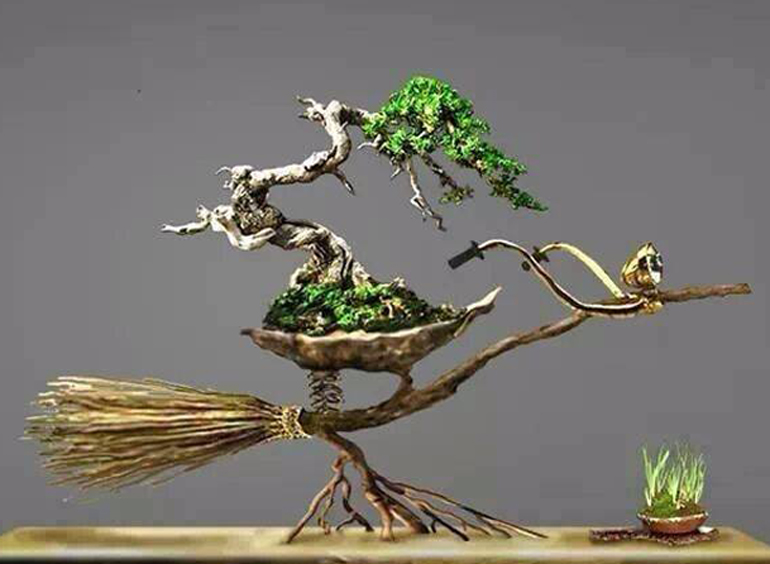
 when you factor in
when you factor in 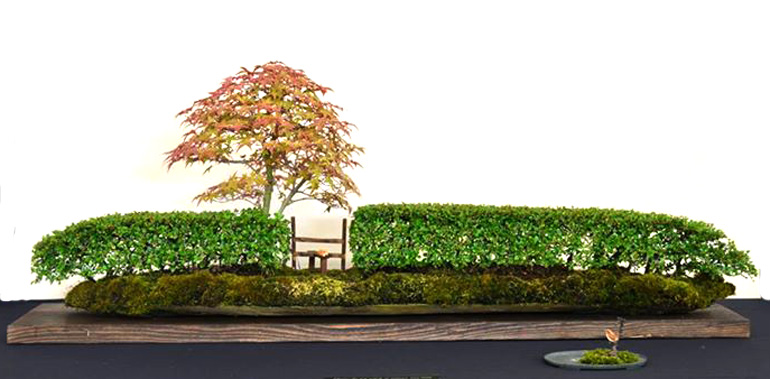
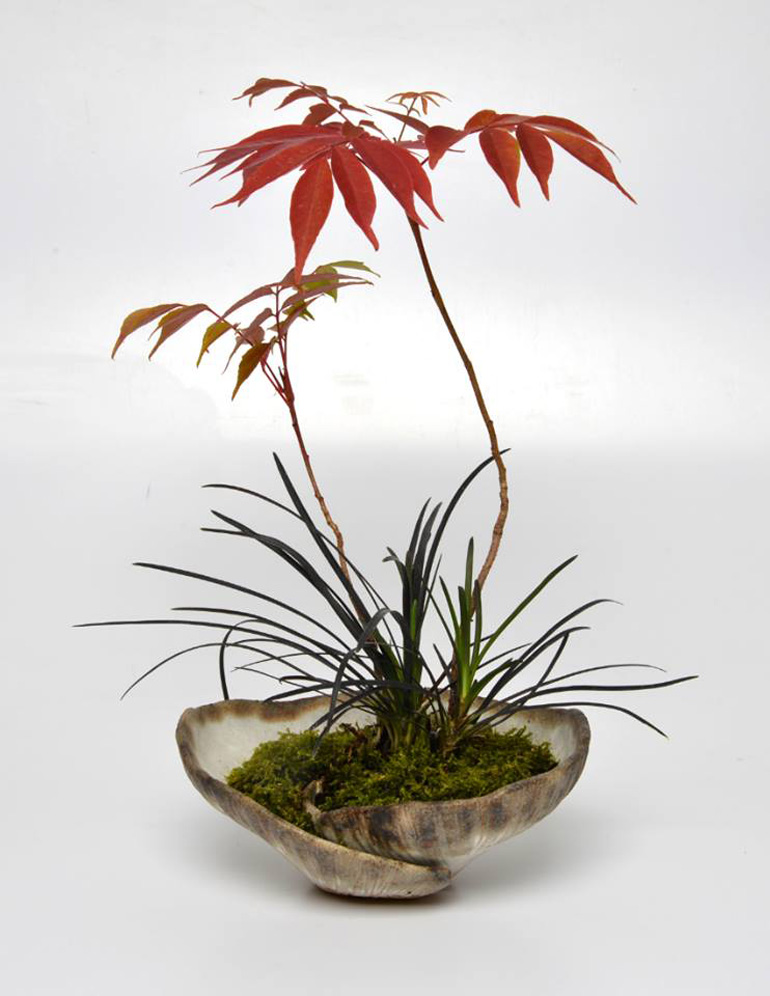 Here's something else by
Here's something else by 



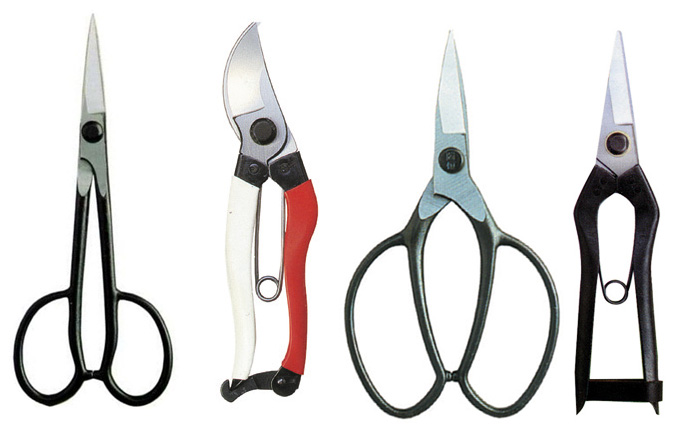

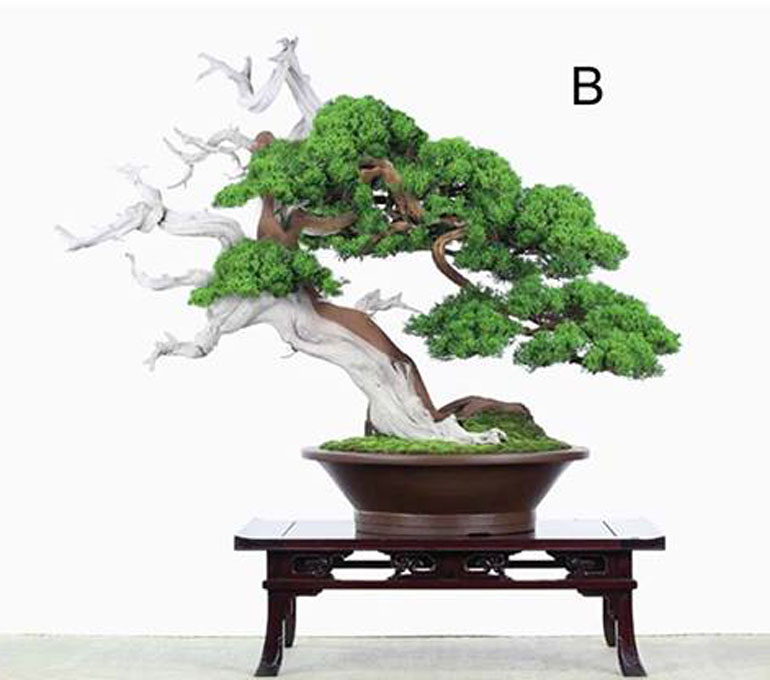
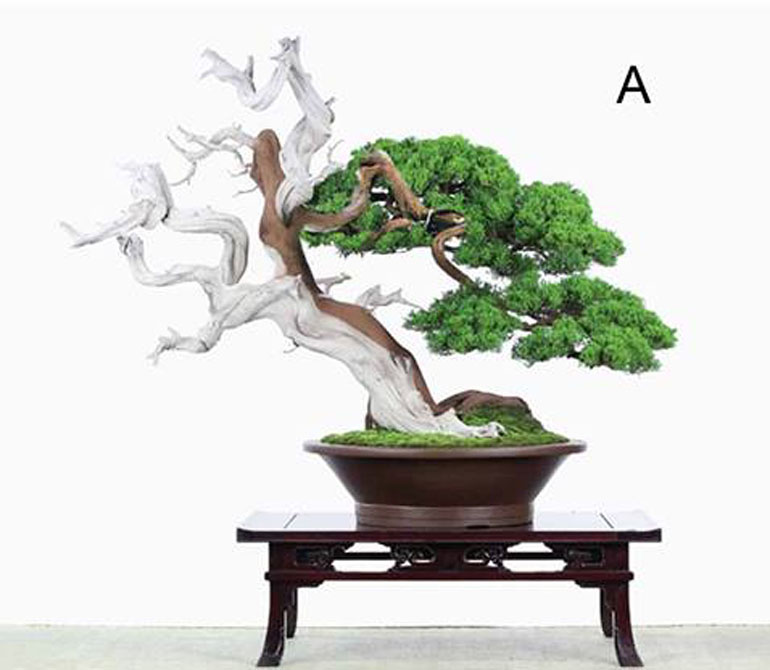

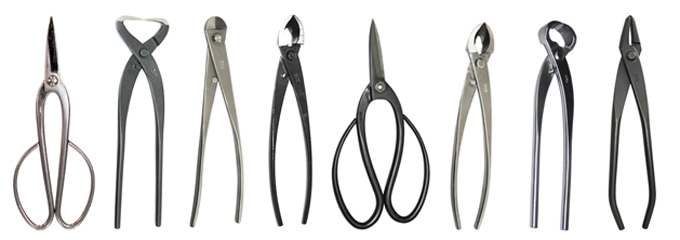
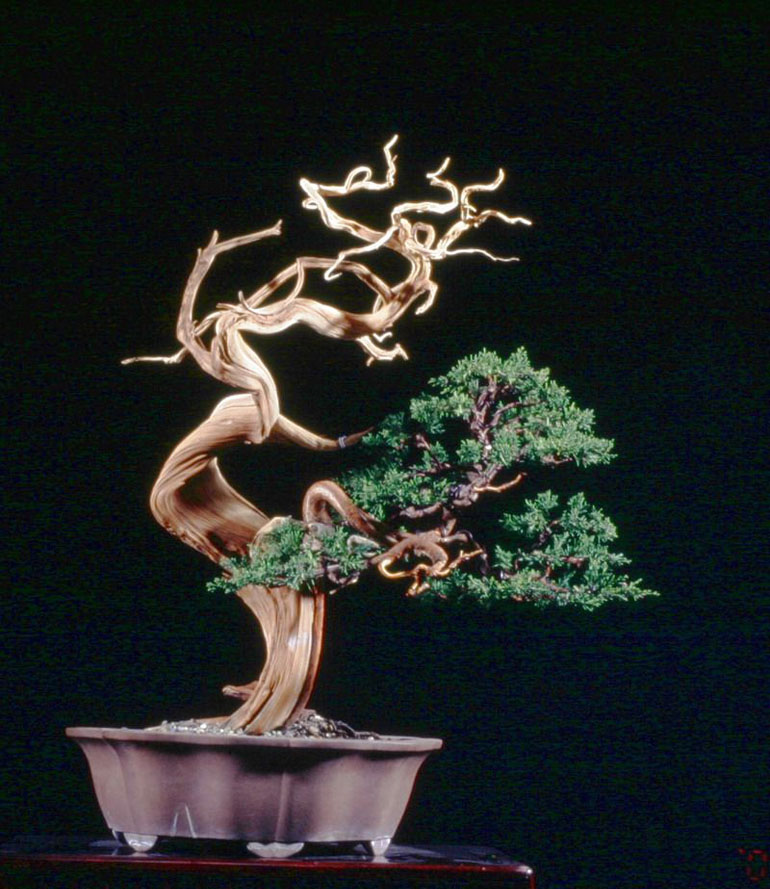



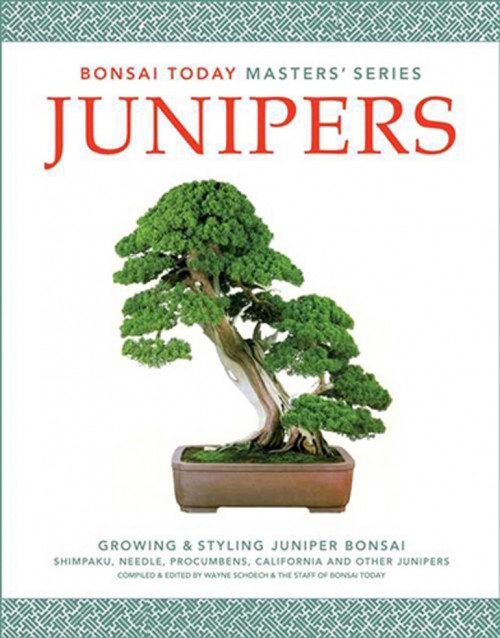
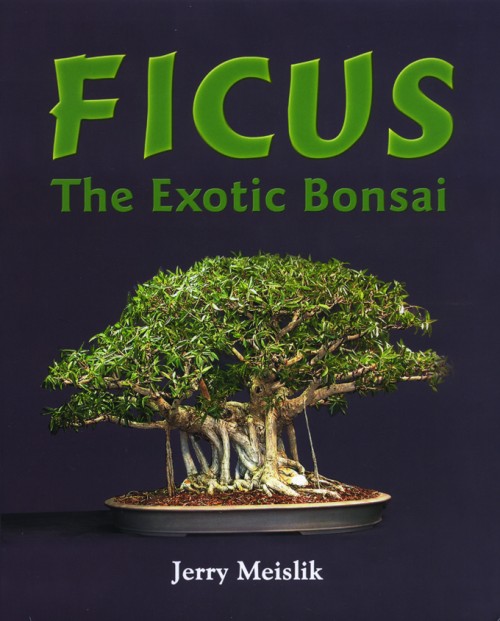


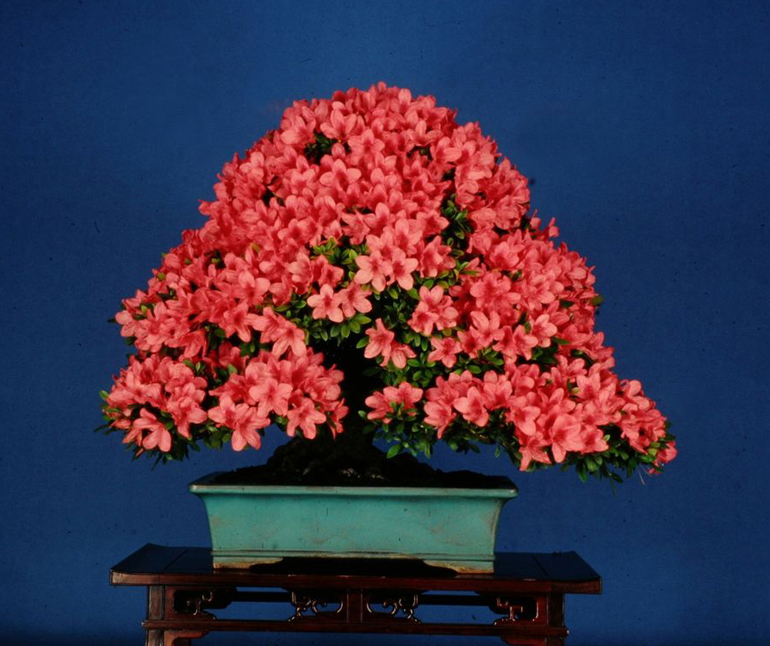
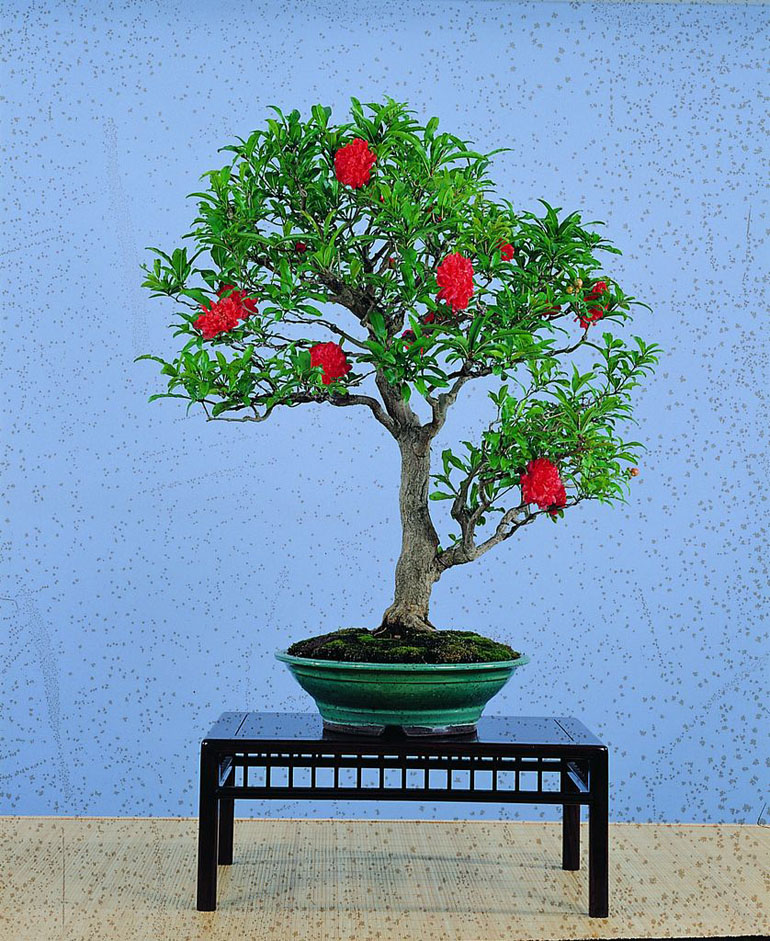
 Our
Our 
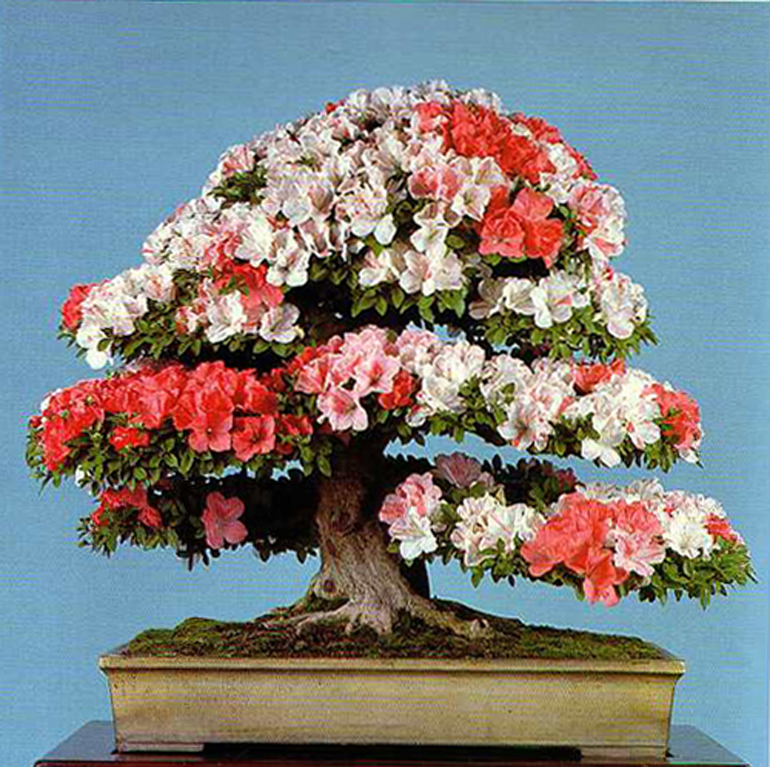
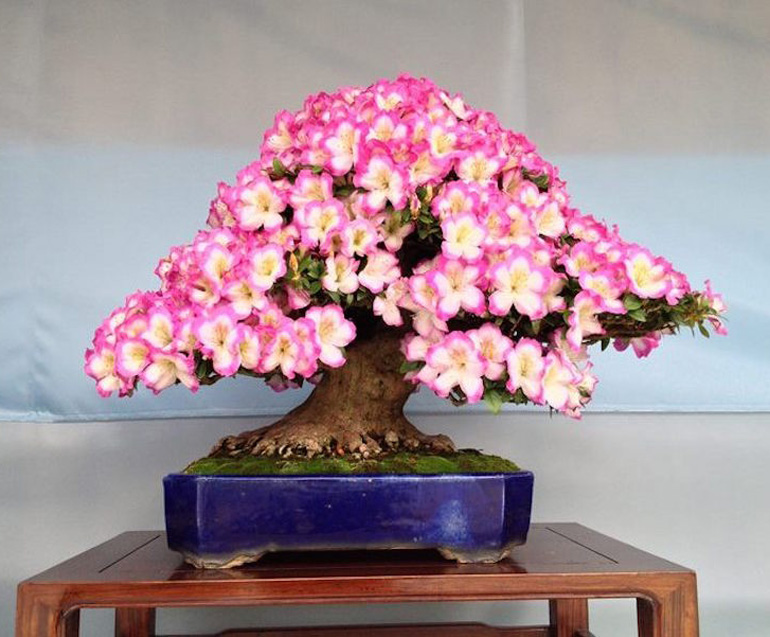 We borrowed this stunning (some might say gaudy) Satsuki photo from
We borrowed this stunning (some might say gaudy) Satsuki photo from 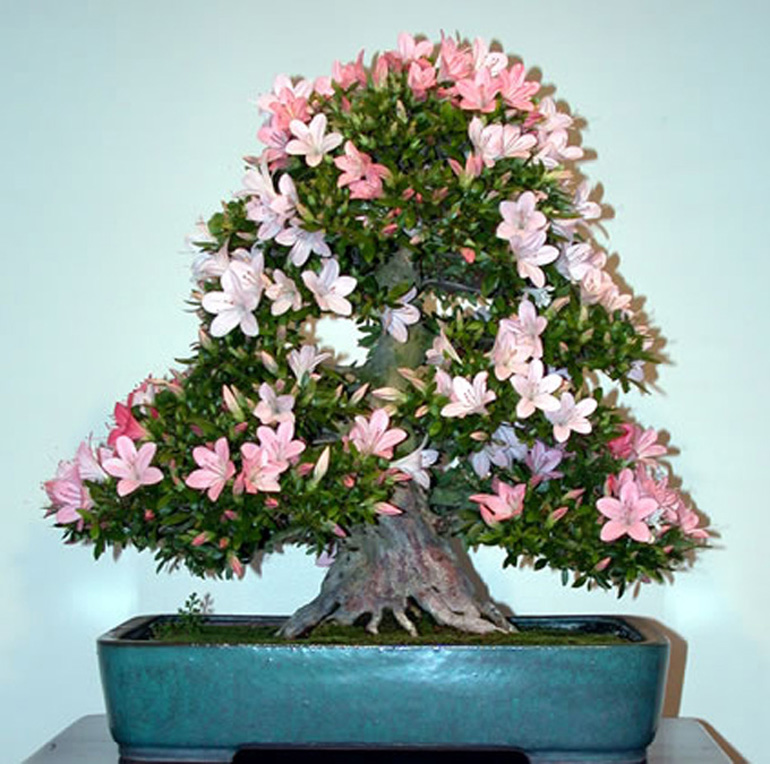 This Nikko Satsuku Azalea, with its soft flowers and perfect trunk is from the
This Nikko Satsuku Azalea, with its soft flowers and perfect trunk is from the 
